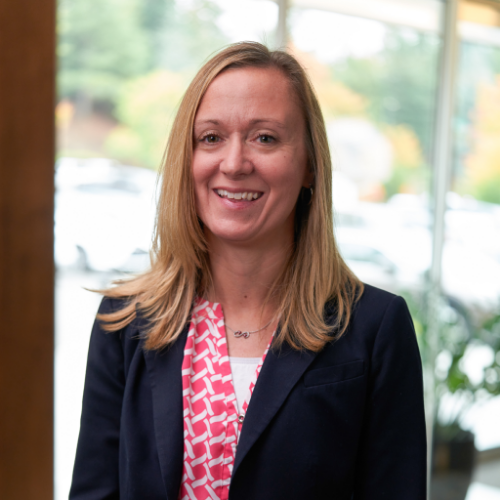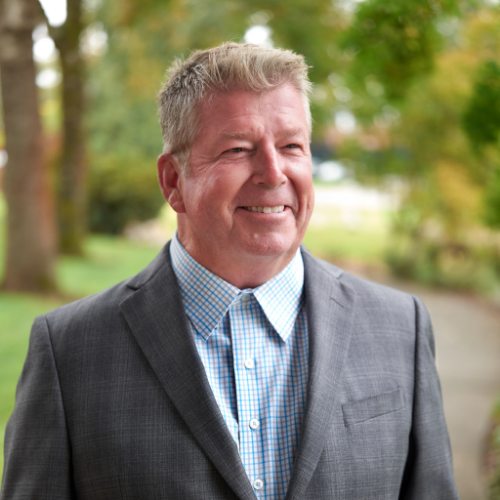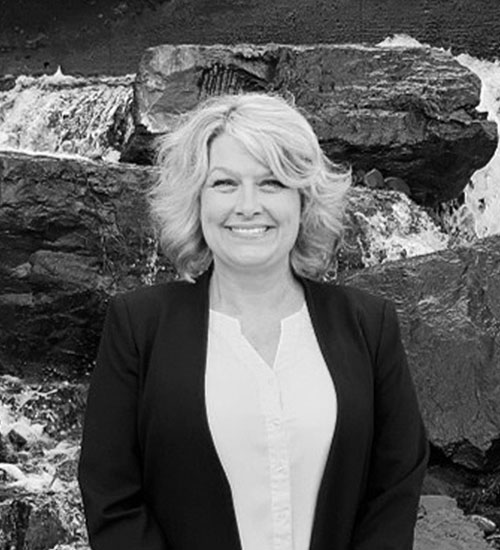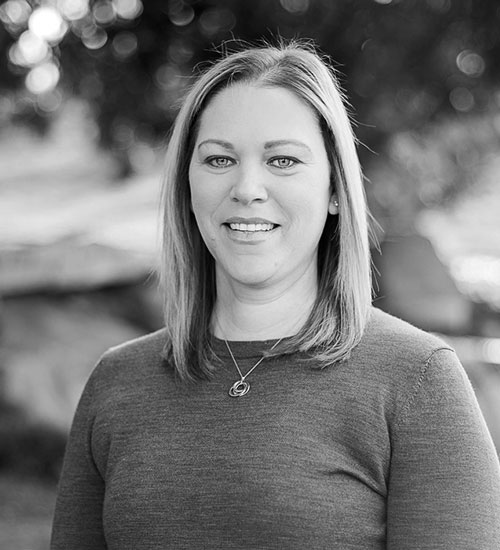Imagine you’re driving a car with uneven wheels. The faster you drive, the shakier the wheels become, making the drive more dangerous. There is increased room for error and the car becomes difficult to manage. It’s hard to know if you’re going to make it to your destination, but if you do, the car will likely be worse for wear.
Similarly, your advisory firm’s goals are less likely to be achieved when your firm is imbalanced. It’s vital that your team be properly balanced to ensure your independent RIA operates smoothly.
Your success depends on each team member being in the best role for their skills and interests. This creates a sense of balance in the workplace, ensuring that each team member feels they are amply contributing to the shared goal and witnessing measurable successes along the way. Flat wheel organization is the term used to describe a team designed based on their strengths and interests. A balanced team by this organization style lends to an overall healthy work environment.
At tru, we’ve narrowed the measurement of an RIA firm’s balance down to a single test. The test reveals gaps in a firm and poses solutions for how to fill them. Check out why and how to balance your RIA below.
Why Is A Balanced Independent RIA Important?
Questioning the balance of their company is usually not the first idea managers and business owners consider when they notice daily business operations failing to run smoothly. They might think there is something wrong with the workflow or company goals are misaligned.
Just as the typical car owner will know something is wrong, when their wheels aren’t balanced, but a professional could quickly interpret the symptoms to the root cause, tru Independence can offer assistance. We know how to identify the unbalanced parts of your business, make recommendations for how you can improve company performance, and walk with you through the change.
How Is an RIA Firm’s Balance Measured?
At tru, we measure a company’s balance using the Birkman Map. It is designed to assess each team member’s personality in the context of workplace strengths and interests. The map helps define what drives and motivates each employee, taking into consideration natural skill sets and personal interests. The Birkman Map is composed of four categories: Doer, Analyzer, Communicator, and Thinker.
A Doer enjoys technical work. They are skilled at solving practical skills and executing tasks. Next is the Communicator. They boast excellent people skills, from selling products to motivating coworkers. Analyzers closely examine small details and develop processes based on their analysis. They usually enjoy working with numbers and outlining projects. Finally, the Thinker is known for its visual, reading, and writing skills. They excel in out-of-the-box thinking and they are most likely some of the most creative people on the team.
A firm composed of the majority Communicators might be great at making sales but struggle with creative problem-solving. If most of the company’s associates are Thinkers, the firm might be witnessing a low rate of sales or few newly acquired clients. Creating a team of individuals that is balanced between these four spaces is a challenge and often cannot easily be deciphered during the interview process. However, this also presents firms and their managers with an opportunity to restructure their teams to capitalize on the Birkman Map.
It is possible that some employees will develop new strengths or interests after working at the company for a period of time. Perhaps an employee hired to do one task is actually better suited to perform another. The key for firm managers is to approach each employee with compassion and open-mindedness. After all, the end goal is to build a team composed of people who recognize their highest potential and feel motivated to perform well.
How To Make Change
Knowing how to implement necessary change can be difficult, but it is the only way to address the potential gaps in the firm once an imbalance is recognized. The vast majority of people are highly proficient in one of the four categories on the Birkman Map. They may have overlapping skills in one or two additional categories, but there is usually one that stands out.
Firms can use the Birkman Method Assessment as well as the guidance of a consultant to understand the existing team’s strengths and weaknesses. This will quickly reveal gaps in the company structure that are leading to an unbalanced organization. Once these gaps have been identified, firm managers and owners can analyze and make adjustments. This could mean reshuffling teams, assigning new tasks, moving individuals to different teams, and hiring new employees.
To help employees feel like they are involved in the process, consider asking for their feedback as a first step. With or without including information about the Birkman Map, ask team members what they think their strengths are and what tasks capture their interest. The information gathered here can serve as a good jumping-off point for understanding where employees’ mindsets are at presently. It also makes them feel like they are part of the decision-making process.
Outsource Tasks To Achieve Balance
There are two ways that tru Independence can assist in locating and solving the gaps in your RIA. First, it’s quite difficult to hire people to perform tasks that are outside of your core competency. Additionally, not every company can afford the time or funds to hire the right people for the right jobs at the right time. It is nearly impossible to know a new hire’s performance until they have been on the job. Instead of regularly hiring new people, consider outsourcing to professionals who are uniquely qualified and deeply skilled in their dedicated areas. Tru can fill the gaps identified on your team by the Birkman Map. Our own skilled professionals know how to enhance your firm’s client service by giving you back the bandwidth you and your team need to serve them well.
Additionally, tru is skilled at optimizing teams based on the Birkman Map. We know how to correct assessments and interpretations of the map’s results to ensure the best results. Our HR professionals will provide recommendations and guidance based on the findings of the Birkman Method Assessment in a complimentary assessment.
Creating a balanced team of individuals is a challenging task. Having the support and resources from tru Independence can ease the stress of uncovering the strengths and gaps of your team. We are committed to taking on tasks and offering guidance that will help your independent RIA operate smoothly and propel you to achieve your goals.
Think you might be suffering from an imbalanced team? Let’s talk.




















